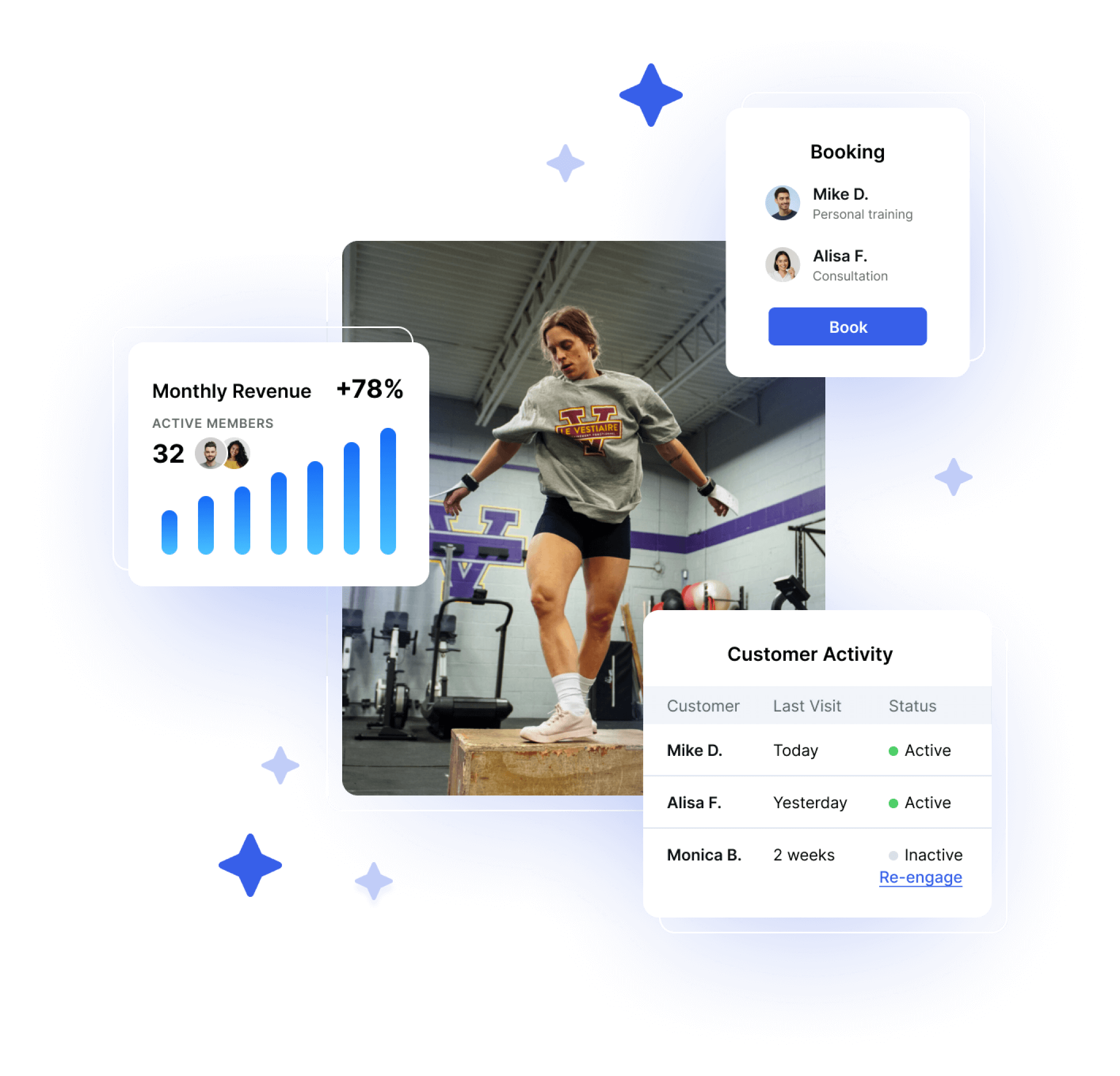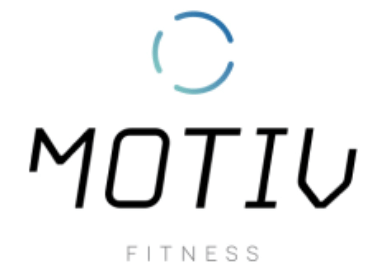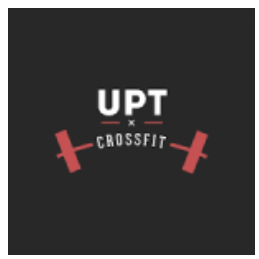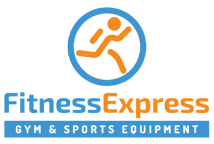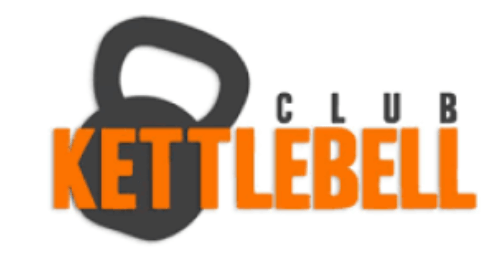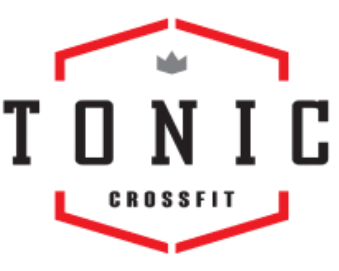Homepage New
Solutions proven to win more clients
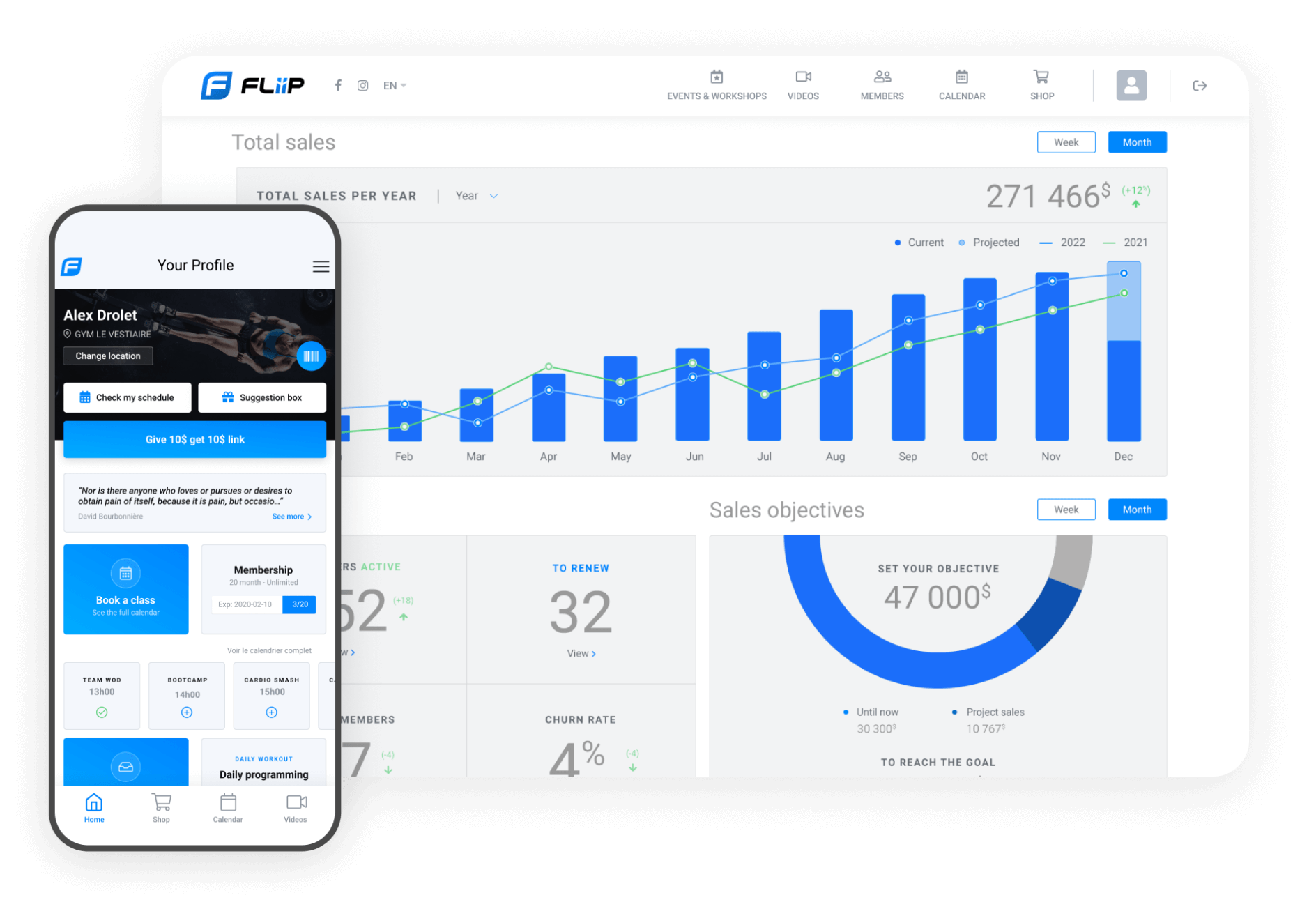

The growth engine for your business
Gains you can feel, pricing you can’t
Essential
Growth
Ultimate
Rise
Grow faster
- Start generating leads in 10 minutes with RISE.
- Unlock templates and workflows proven to attract and convert.
- Get more people in the door with 5 star Google reviews
- Launch referral programs to turn happy members into promoters.
- Automate everything, so that you're doing more, and working less.
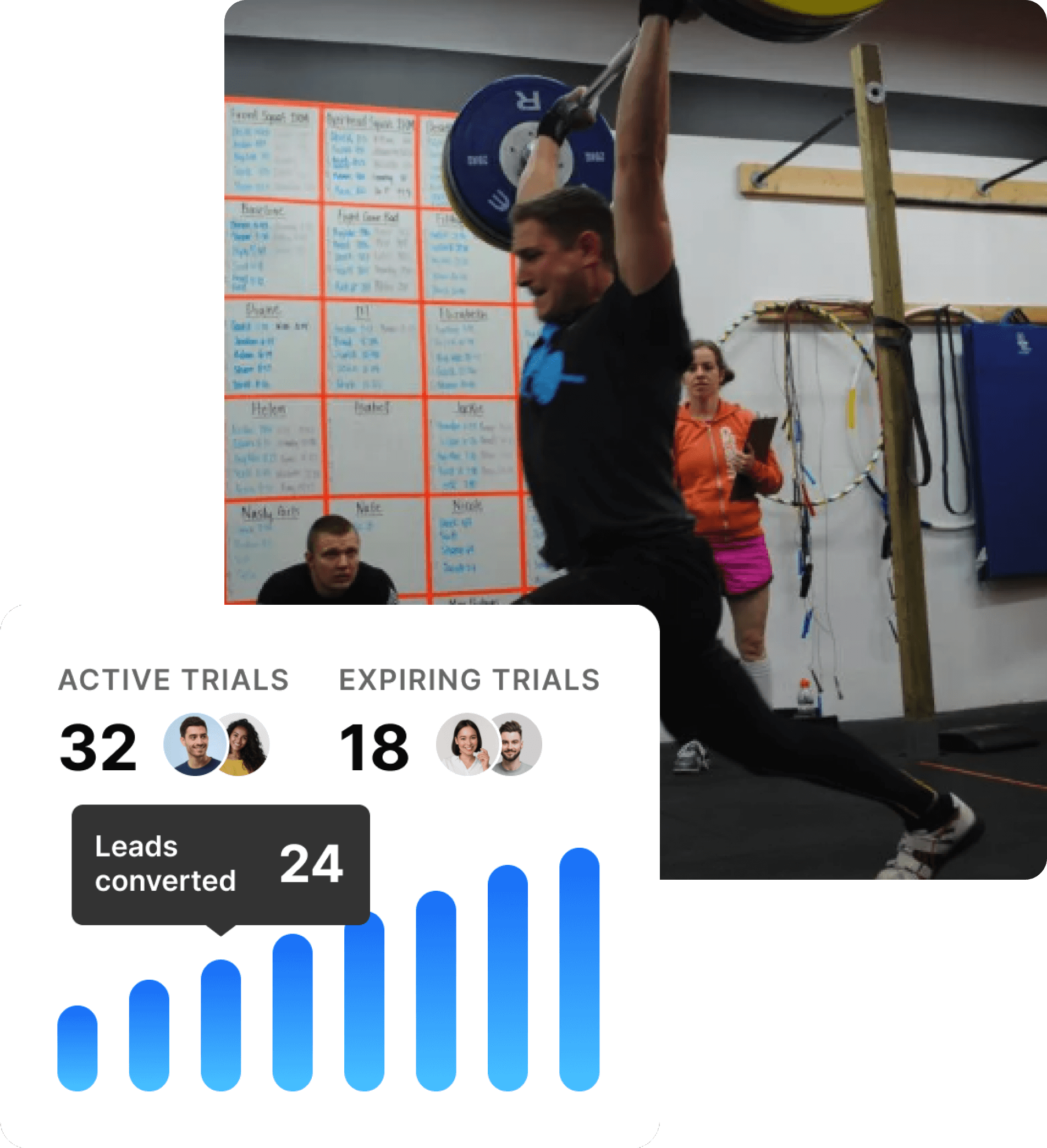

Retain your members
- Stay up to date on at-risk members
- Send the right messages at the right time to keep them engaged
- Make it easy for members to keep coming back by automating renewals.
- Build stronger connections with members with a branded mobile app.
Manage smarter
- Gain insights into member habits, preferences, revenue trends, and churn with insightful reports.
- Maintain full clarity on your operations with easy to manage schedules so that you always know who’s booked when.
- Simplify your back office with payroll, contract management, inventory management, and billing automation
- Integrate the tools that you already use
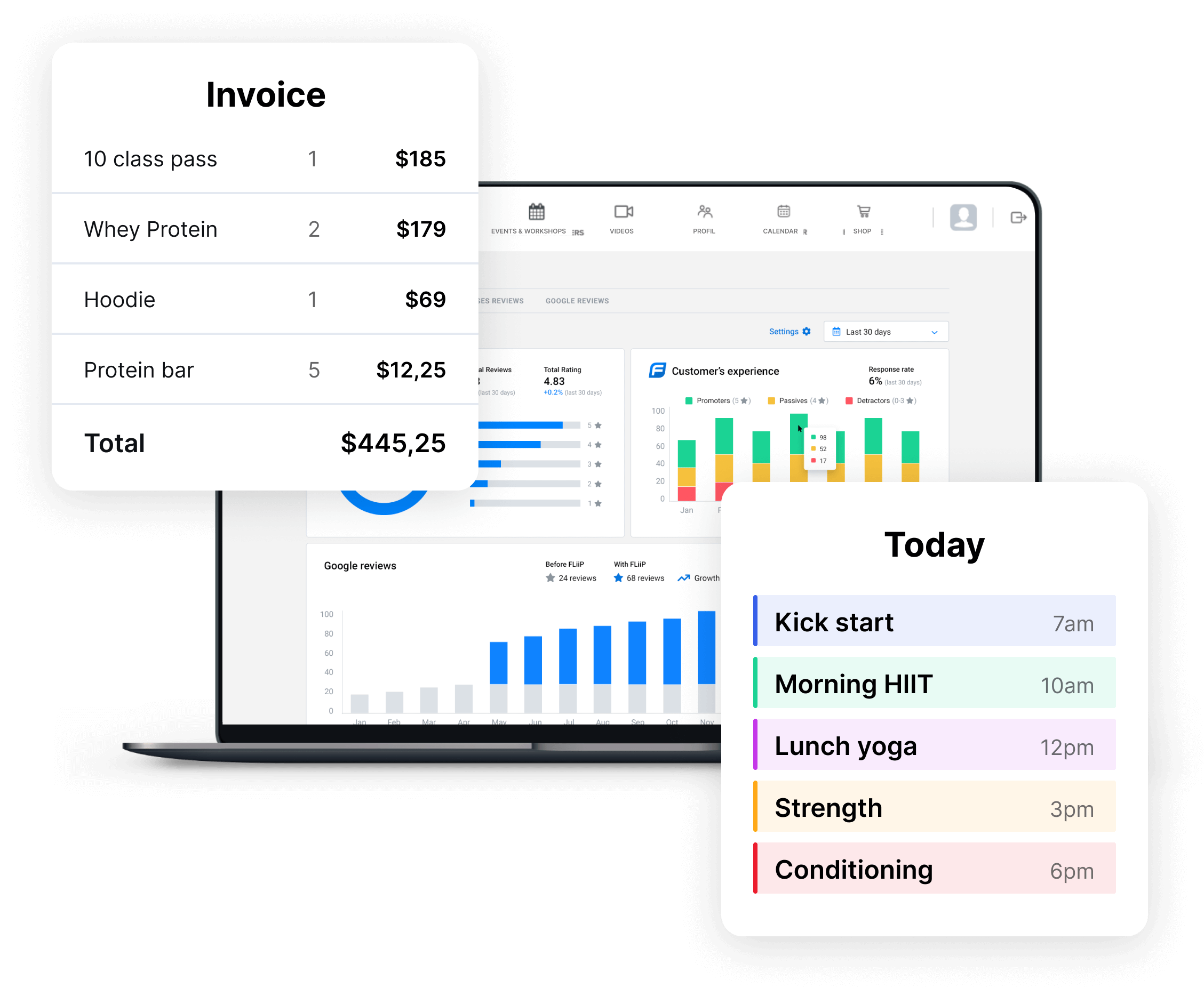
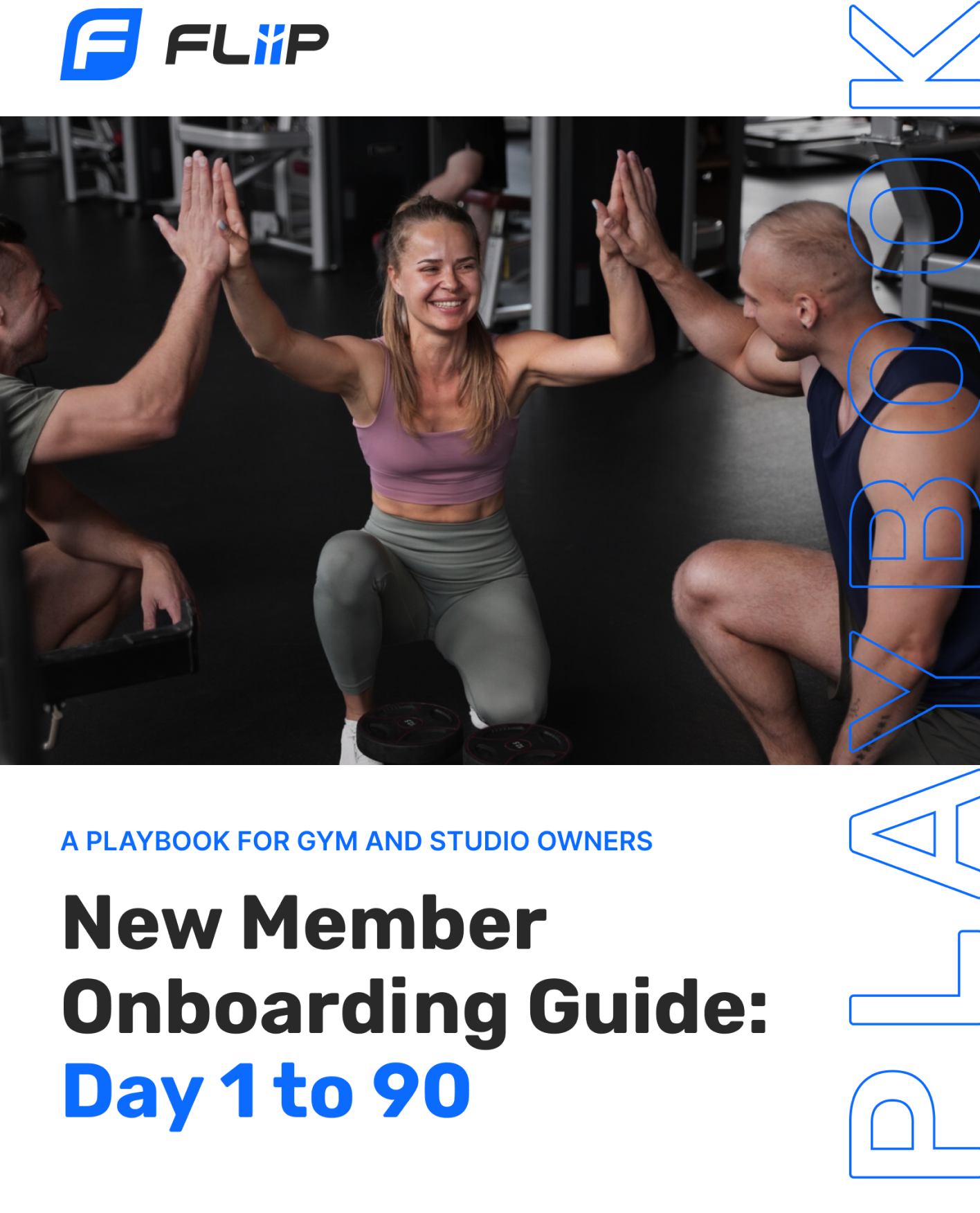
Turn new sign ups into long-lasting gym members!
Switching made easy
- Get up and running in 10 days or less
- We'll transfer your data so that everything is secure.
- Call us, chat with us, email us. 7 days a week
- Master the platform with unlimited onboarding calls *available on select plans


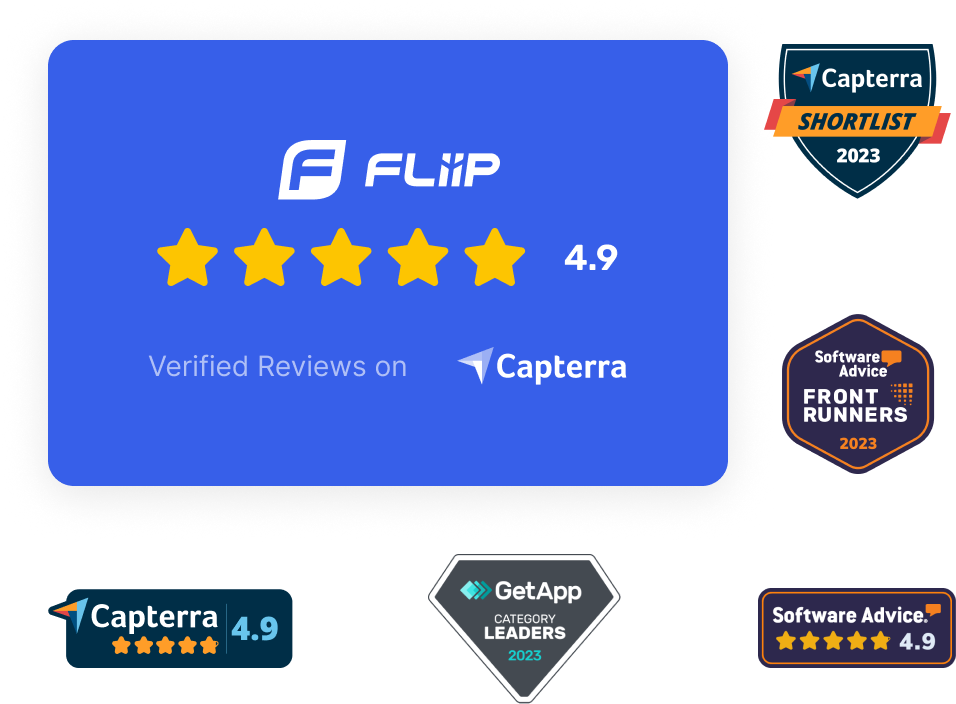
The top choice for owners
The worst kept secret in gym management
I've loved using FLiiP since I started with them. 75% of the administrative tasks I had to do are taken care of by the FLiiP system. The members of my gym are very satisfied with the application, and it's quick and easy to manage their subscriptions, payments and course bookings.
*translated from french
“FLiiP allows us to facilitate and automate our customer service and marketing strategies, and simplifies our lives in many ways. The platform is intuitive, easy to use and packed with tools that are very useful to our business. Analytical reporting and marketing automation have become a must for our company. Customer service is A1. I have nothing but good things to say about FLiiP.
*translated from french
Everything went smoothly from startup to actually making it available to our members. Our questions were answered efficiently. We felt as if we'd have always been part of the FLiiP family.

We used to manage our bookings through our site. Being able to piggyback on a platform others have perfected has been an enormous time and energy saver
I've loved using FLiiP since I started with them. 75% of the administrative tasks I had to do are taken care of by the FLiiP system. The members of my gym are very satisfied with the application, and it's quick and easy to manage their subscriptions, payments and course bookings. *translated from french
With Fliip, I can follow up with my customers. Whether it's for a renewal or a new member who has taken a free trial. I never miss a follow-up with this application. *translated from french
Onboarding and overall experience with FLiiP has been great.
Everything I need to run my business in one application.”
Why FLiiP?



-
Double revenue in 12 months
Growth tools proven to attract and retain members so that you can start building the gym you've always wanted. -
Cut costs by 30%
Simple and straightforward pricing that doesn't stress you out. -
Get stuff done in half the time
Everything you need you need to keep your gym running smoothly
